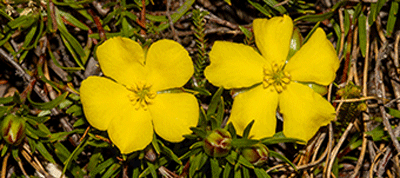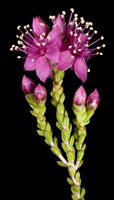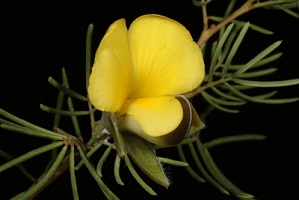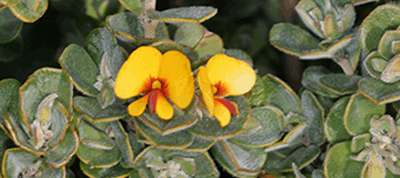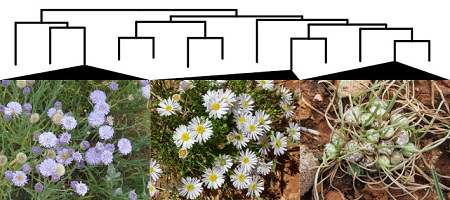Australian flora is globally renowned for its diversity and endemism. Much of the taxonomic and systematic research to document and describe the Australian flora and understand its relationships has been undertaken at herbaria and botanic gardens, as these institutions are centres for botanical collections and knowledge. Although scientists at herbaria and botanic gardens have been early adopters of molecular tools, the speed and complexity of technological advances in molecular genomics in the last 10 years, and the concomitant challenges in data generation, analysis, management and use, have outpaced the capacity of many institutions and individual researchers to utilise them effectively. To address this, the Genomics for Australian Plants (GAP) project was initiated in 2018 by Bioplatforms Australia in partnership with researchers from the Australian State and National Herbaria and Botanic Gardens and universities. The broad aims of GAP are:
— sequence and assemble representative Australian plant genomes across the plant tree of life to enable better conservation, utilisation and understanding of Australia’s unique plant diversity.
— build genomic capacity across the Australian plant research community to create networks collaborating in the collection, management, dissemination, and application of genomic data for Australian plants.
— provide tools to enable genomic data to be used to identify and classify biodiversity at a range of scales, and to use these tools to inform conservation management and enable better decision making.
The GAP project has initiated many new research collaborations and rapidly built plant genomics data resources and associated bioinformatics capacity in Australia’s plant collections institutions. The Genomics for Australian Plants collection brings together outputs from activity across the three GAP streams: reference genomes, phylogenomics and conservation genomics. Taken together, the papers in this collection illustrate the challenges, potential future directions and unmitigated successes of this national-scale collaborative project. They underscore the value of a multi-institutional consortium approach and emphasise key facilitators such as carefully curated herbarium collections and national collaborative research infrastructure.
Guest editors:
Darren Crayn, Dan Murphy and Caroline Puente-Lelievre
Last Updated: 17 Jun 2025





